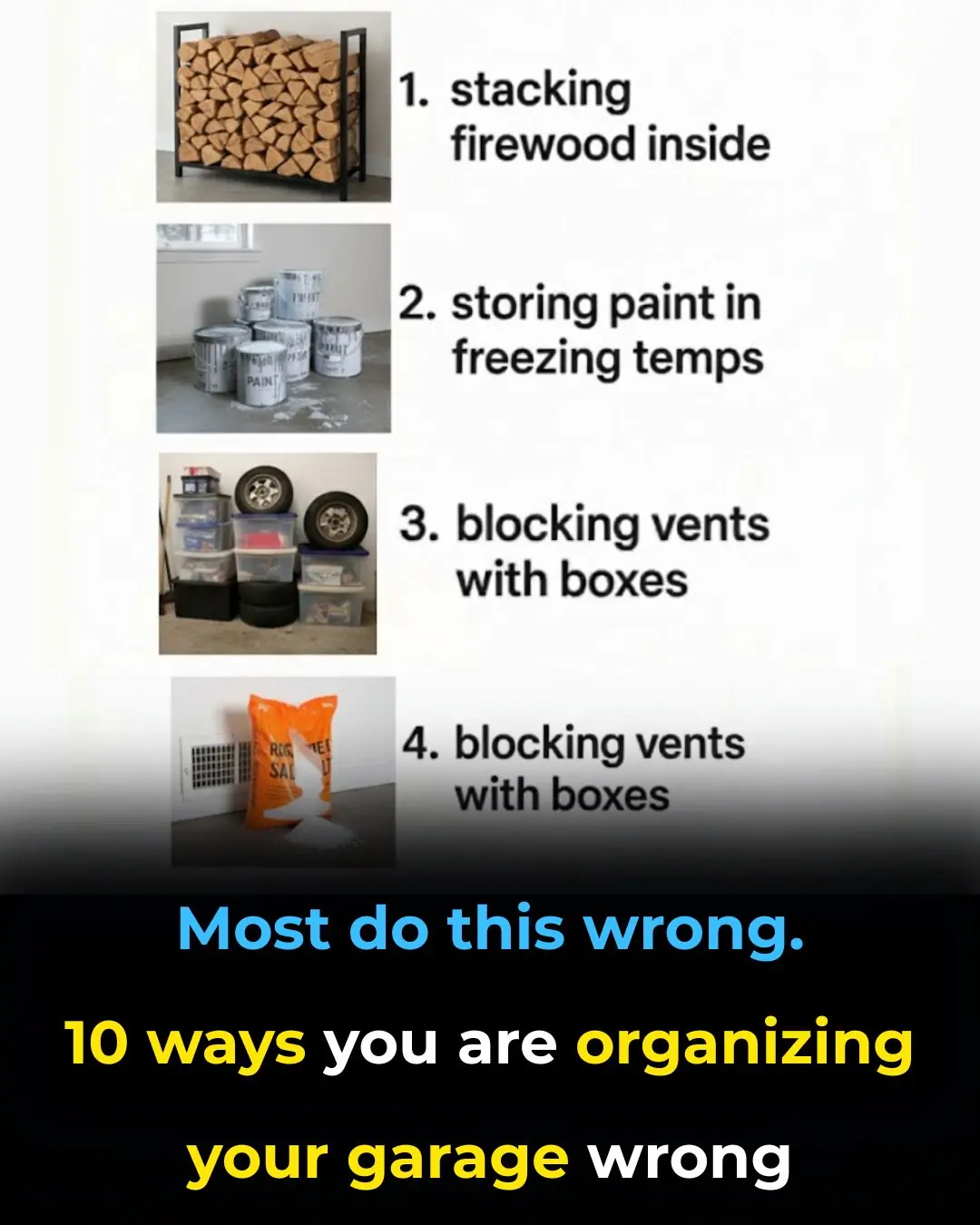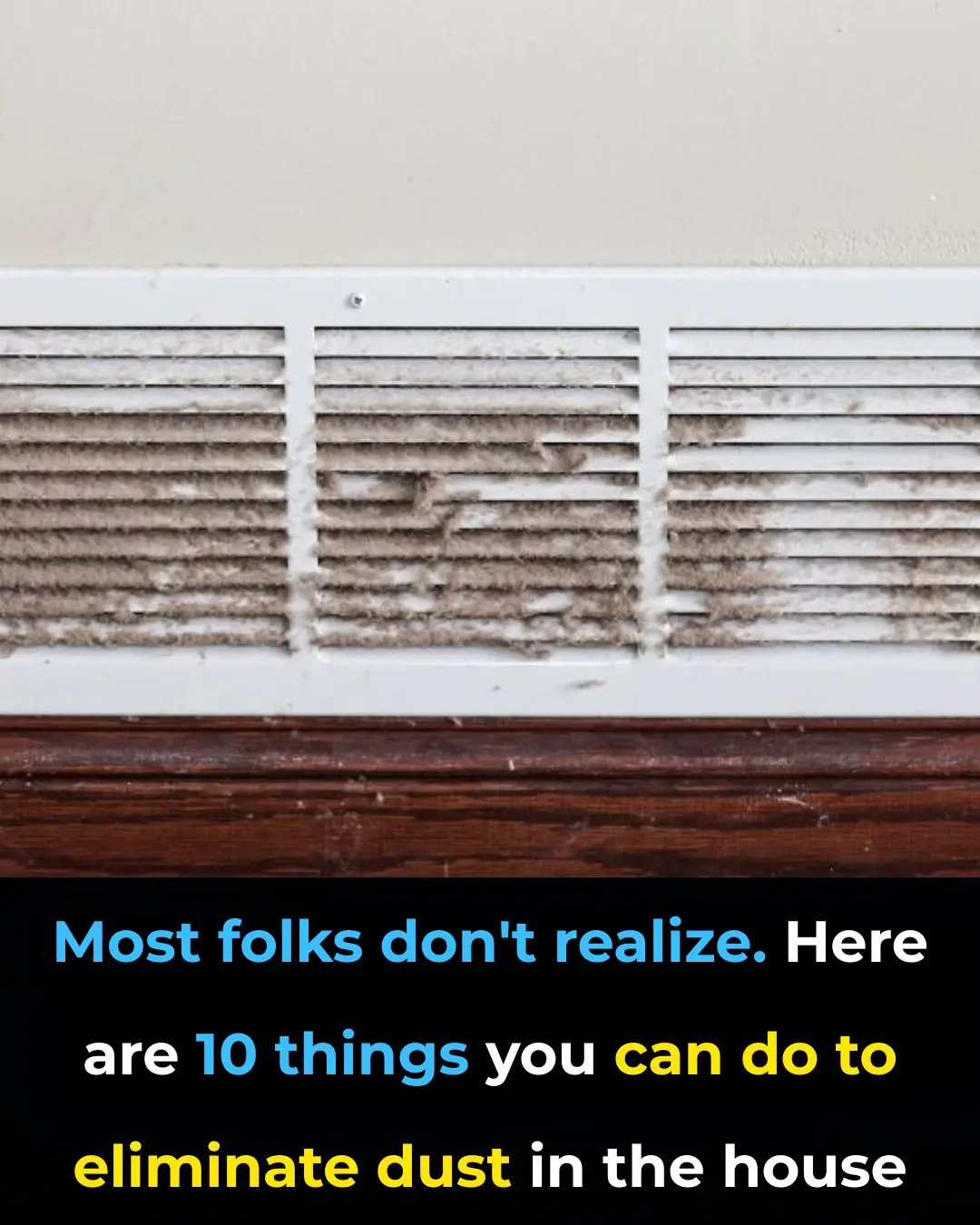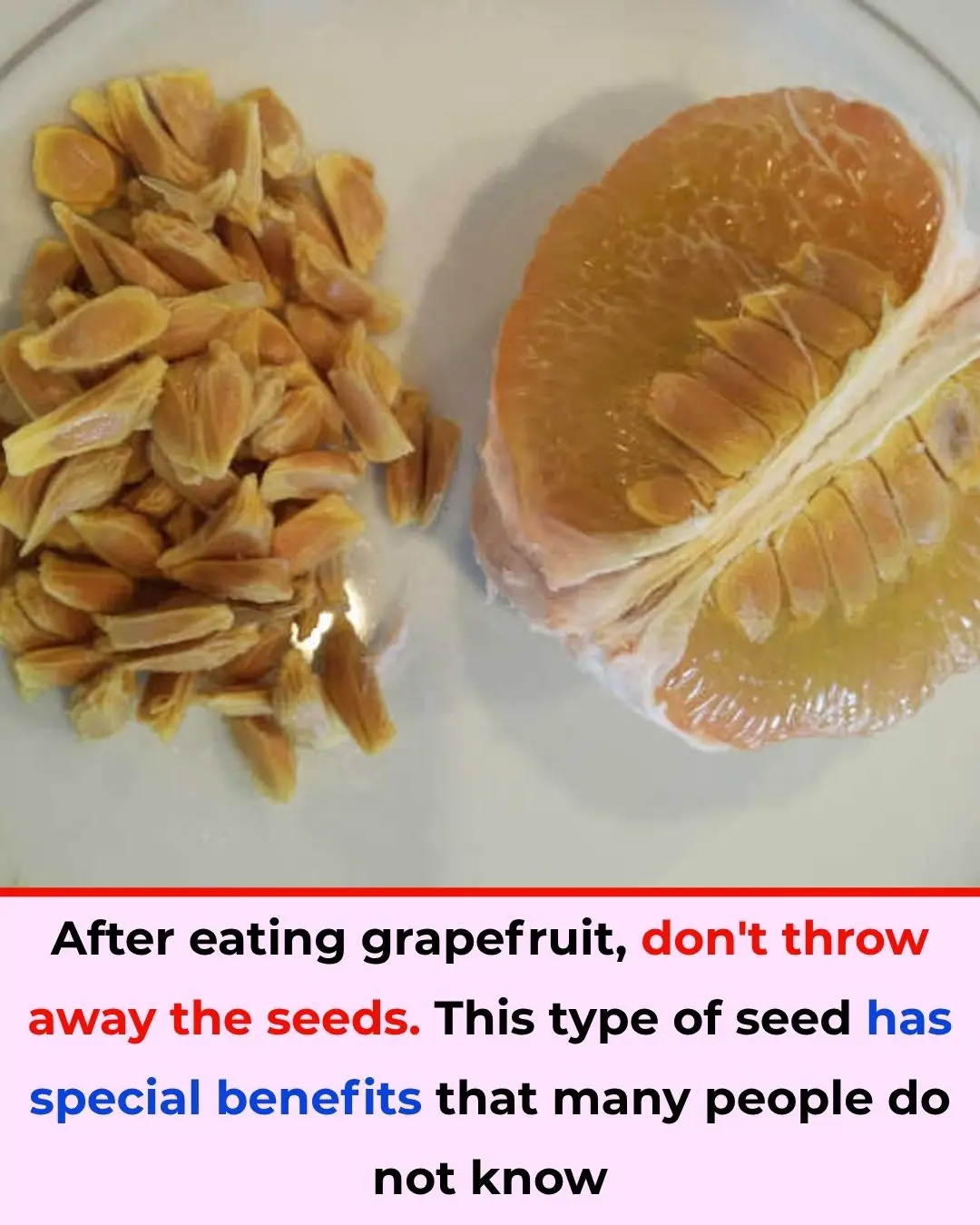
Most do this wrong. Here’s how often to clean kitchen items in winter
As the winter months settle in, our kitchens transform into the cozy heart of our homes, buzzing with the preparation of holiday feasts, warm beverages, and comfort foods. However, with this increase in kitchen activity comes a higher risk of grime buildup, bacteria, and lingering odors if proper cleaning routines aren’t maintained. During this busy season, many people underestimate how often kitchen items should be cleaned, which can lead to potential health hazards and reduced efficiency of appliances. By staying mindful of cleaning habits, you can ensure your kitchen remains hygienic, welcoming, and fully functional throughout the colder months.
In this article, we’ll explore how frequently you should clean key kitchen items during winter and share practical tips to keep your kitchen spotless, safe, and efficient—even amid the holiday chaos.
1. The Importance of Winter Cleaning
Winter brings more than chilly temperatures—it changes our daily routines. With longer evenings spent indoors and an uptick in cooking, baking, and comfort-food preparation, kitchens experience heavy use. This increased activity can lead to the accumulation of dirt, grease, and germs, which thrive in the warmth of an active kitchen. Regular cleaning isn’t just a chore; it’s essential for preventing bacterial growth, maintaining air quality, and ensuring that your kitchen appliances operate efficiently.
Additionally, many homes experience reduced ventilation during winter, causing moisture, odors, and bacteria to linger longer. This makes cleaning especially important, not only for hygiene but also to extend the life of your tools, appliances, and even countertops. A clean kitchen during the winter months sets the stage for a healthier home environment and a more enjoyable cooking experience.
2. Slow Cooker: Clean After Every Use
Slow cookers are a winter favorite, perfect for soups, stews, and slow-cooked comfort meals. However, their extended cooking times can leave behind stubborn food residues and create a breeding ground for bacteria if not cleaned promptly. Always clean your slow cooker after each use. Soak the removable stoneware in warm, soapy water for 15 minutes to loosen food particles, then gently scrub with a non-abrasive sponge.
The exterior can be wiped with a damp cloth and a small amount of dish soap. Be sure to dry all parts thoroughly before reassembling to prevent mold growth. Regular cleaning not only keeps your slow cooker in top condition but also ensures that every meal tastes as fresh and flavorful as intended.
3. Kettle: Clean Weekly for Peak Performance
A kettle becomes indispensable during winter, providing hot drinks and aiding in quick meal prep. Frequent use, however, can lead to limescale buildup, especially in areas with hard water. To maintain efficiency and preserve the taste of your beverages, clean your kettle at least once a week. Fill it with equal parts water and white vinegar, bring it to a boil, and let it sit for about 30 minutes.
Rinse thoroughly afterward to remove any vinegar residue, and wipe the exterior with a damp cloth. Regular maintenance prolongs the kettle’s lifespan and ensures optimal performance, so your morning tea or coffee always starts off perfectly. For added freshness, consider boiling a few lemon slices in water occasionally—it helps neutralize odors and adds a light citrus scent to the kitchen.
4. Oven: Monthly Maintenance for Efficiency
Ovens work overtime during winter, especially around the holidays. This can result in grease buildup, burnt-on food, and lingering odors, which can affect both taste and safety. A thorough cleaning once a month is recommended. Remove racks and soak them in warm, soapy water. For the interior, apply a paste of baking soda and water, leaving it overnight before wiping away with a damp cloth. Use vinegar for stubborn spots to avoid harsh chemicals.
Regular oven maintenance improves performance, reduces fire risk, and keeps holiday baking hassle-free. For added ease, line the bottom with a reusable baking mat or foil to catch spills, minimizing future scrubbing sessions.
5. Spice Jars: Refresh Every Two Months
Spices are essential for winter cooking, adding warmth and depth to stews, roasts, and sauces. Over time, however, their aroma and flavor diminish, and the jars themselves can harbor bacteria. Every two months, empty and wash spice jars with warm, soapy water, ensuring they’re completely dry before refilling.
Check each spice for freshness; discard any that have lost potency. Regularly refreshed spices enhance both the hygiene of your kitchen and the flavor of your dishes, ensuring every winter recipe is aromatic and delicious. For extra convenience, label jars with refill dates to track freshness easily.
6. Cutting Boards: Weekly Disinfection
Cutting boards, particularly wooden ones, can trap bacteria in their grooves. To ensure food safety, disinfect them weekly. After normal washing, sprinkle coarse salt on the board and rub it with half a lemon, squeezing slightly to release juice. The acidity of the lemon naturally kills bacteria while deodorizing the board.
Rinse with hot water and store upright to dry completely. Regular care prevents cross-contamination and preserves the integrity of the board, helping it last for years of winter meal prep. Consider having separate boards for meats and vegetables to further reduce contamination risks.
7. Refrigerator: Deep Clean Every Season
The refrigerator is vital for food safety, yet often overlooked. A deep seasonal clean helps prevent mold, bacteria, and odors. Remove all items, shelves, and drawers. Wash with warm, soapy water and dry thoroughly. Scrub the interior with a baking soda and water mixture to neutralize odors.
Wipe down door seals, which can trap moisture and bacteria. A deep seasonal clean ensures food remains safe, appliances run efficiently, and your fridge smells fresh—particularly important during winter when leftovers and seasonal ingredients accumulate.
8. Microwave: Wipe After Each Use
The microwave is convenient but prone to splatters and lingering smells. Wipe down after each use to maintain hygiene. Heat a microwave-safe bowl with water and lemon slices for three minutes; the steam loosens residue for easy wiping. This method also adds a fresh scent, keeping your microwave pleasant and efficient.
For extra protection, place a cover over dishes during cooking to minimize splatters and reduce the need for constant cleaning.
9. Dishwasher: Monthly Filter Check
Even though the dishwasher cleans for you, it still needs care. Once a month, check and clean the filter to remove trapped food particles. Run an empty cycle with a cup of white vinegar on the top rack to clean the interior and eliminate odors.
Routine maintenance keeps your dishwasher effective, extending its lifespan and saving time in the kitchen. Consider wiping the door gasket monthly to prevent mold buildup in hidden crevices.
10. Coffee Maker: Descale Every Month
For many, coffee makers are essential daily companions. Regular use can lead to mineral buildup, affecting taste and efficiency. Descale monthly with equal parts water and white vinegar, then run two cycles with fresh water to rinse.
This routine keeps your coffee tasting fresh and your machine in peak condition. For an added winter twist, clean the carafe and warming plate with a mild soap solution to remove any residual coffee oils that could affect flavor.
11. Trash Can: Weekly Sanitization
The trash can is a frequent source of odors and germs. Weekly cleaning is necessary. Empty, wash with warm, soapy water, and sprinkle baking soda at the bottom to neutralize smells. Spray the interior and exterior with disinfectant, let it sit, then wipe down.
Regular maintenance prevents unpleasant odors and ensures your kitchen remains welcoming throughout winter. Consider keeping a small bag of baking soda in the bottom for continuous odor control, especially during the busy holiday season.
Conclusion:
Winter kitchens demand extra attention. By following a consistent cleaning schedule for key items—from slow cookers and kettles to spice jars and cutting boards—you’ll maintain a hygienic, efficient, and inviting space. These simple habits not only protect your health but also enhance the joy of cooking, allowing you to fully embrace the warmth and comfort of winter meals.
News in the same category


Stop throwing out old plastic food containers. Here’s 10 brilliant hacks to use them around the house

I had no idea

Most do this wrong. Here’s how often to clean gear in winter

Most do this wrong. Here’s how often to clean bedding in winter

Most do this wrong. Here’s how often to clean appliances in winter

Most do this wrong. Here’s how often to refresh everything for winter

Stop freezing these 10 foods

10 top types of house spiders & how to get rid of each one

These ideas are brilliant

10 top types of house spiders & how to get rid of each one

Don’t Throw Away Grapefruit Seeds – These Tiny Seeds Have Surprising Benefits

Sprinkle Salt Around Your Home on Rainy Days – It Sounds Strange, but the Results Are Amazing

Remove Bad Odors from Your Refrigerator Overnight with These Simple Tricks

I had no idea this was a thing

Add white vinegar to dishwashing water: Simple cleaning tips that will never be too expensive

Lady places cup of vinegar into microwave. Here’s the genius reason why

Works like a charm

My nana taught me this hack to make dusty blinds sparkle in 2 mins with 0 work. Here’s how it works
News Post

Meet The Owner Of The First Beauty Supply In New Paltz, New York

R&B Singer Lucky Daye Has Full-Circle Moment with MLK Day Halftime Performance

Meet Alvin Irby, One of Pepsico’s Black Changemakers Who’s Using Barbershops To Encourage Black Boys To Read More

Meet Charlie Mitchell, The First Black Michelin-Starred Chef In New York City And The Second One In The Nation

This Mom of Four Just Started Medical School at 43 Years Old

The #1 habit that’s destroying muscle in older adults—are you doing this?

The Hidden Consequences of a S*xless Life

Why Do We See “WC” and Toilet Icons Everywhere?

Clever Phrases Smart People Use to End Pointless Arguments

Most do this wrong. 10 ways you are organizing your garage wrong

Stop throwing out old plastic food containers. Here’s 10 brilliant hacks to use them around the house

I had no idea

Most do this wrong. Here’s how often to clean gear in winter

Most do this wrong. Here’s how often to clean bedding in winter

Most do this wrong. Here’s how often to clean appliances in winter

Most do this wrong. Here’s how often to refresh everything for winter

Double your hair growth with this “ONION JUICE” DIY

Salon like Keratin Treatment at Home
